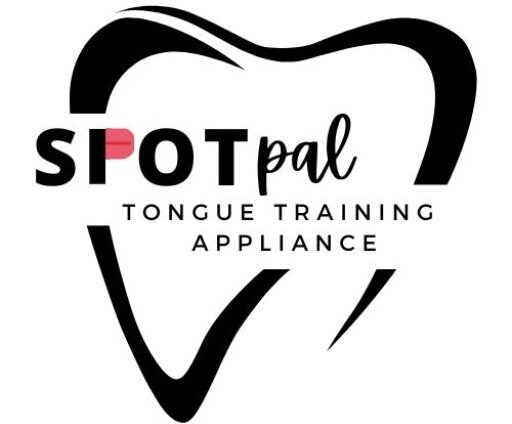Prolonged Sippy-Cup Use
What are the effects of prolonged sippy-cup use?
A sippy-cup is a closed lid cup with a small, hard spout for the child to drink out of. It is typically introduced around 6 months, or around when solids are beginning to be introduced. It is recommended its use be faded out by one year of age. This is because when a child drinks from a sippy cup, they are using a forward tongue posture to suck the liquid from the cup via the spout. This tongue pattern is not productive as your child develops and they begin to manipulate newer food textures.
If the child is not developing the musculature and pattern of a mature swallow pattern, there can have negative consequences on not only eating, but also expressive speech and possibly aesthetic features. Via eating, using the sippy cup encourages a forward tongue position when swallowing, which may perpetuate a tongue thrust. With the tongue going forward, there may be difficulty with lateral movements and elevation during the swallow. Having the sippy cup in the oral cavity paired with the forward tongue position may cause changes in dentition, like protruding front teeth, or the hard palate, which can become high and/or narrow. These changes in the oral cavity will have an impact on muscular strength and incorrect placement of the tongue for certain speech sounds.
While a sippy-cup may be a comforting item to your child, or convenient for its spill proof feature, it is important to work together to extinguish the use around one year of age, if not sooner as many recommend skipping this type of cup all together and moving instead to a straw and open cup!
Spot Pal can help! With prolonged sippy-cup use, the child may have developed a forward tongue position and high or narrow palate. Spot Pal can help promote proper oral rest posture (which focuses on tongue and lip placement), eliminate tongue thrusting, and support proper production of speech sounds. There are multiple versions of the Spot Pal, which will be customized to the individual’s mouth and needs. A Spot Pal has a hole behind the front teeth (or the Spot Dot), which serves as a tactile cue for tongue placement. The tongue should be resting up and off the teeth as opposed to too far forward and against the teeth. A Spot Pal can also include “pokes” which are customizable based on the individual’s needs. Intensity, location, and quantity can be modified based on the individual, however, they are never painful! They serve as a reminder to keep the tongue off the teeth and to return to the Spot Dot.
